On the way from Calais to Dieppe we heard a startling warning on VHF because there were swimmers crossing the English Channel. They notified coordinates for each swimmer and his escort boat. This way the ships can avoid swimmers. The updated coordinates were repeated every two hours.
The Channel’s crossing is about 32 kilometres. However swimmers swim somewhat longer distance because their path is curvy due to the direction changes of a tidal stream. It has been taking from the fastest 6 hours and 55 minutes and the slowest 26 hours and 50 minutes. Of course some were swimming right back and three persons have swam across the Channel three-ways.
Swimming across the Channel for almost 24 hours in a 15 degree water is such a hard accomplishment that it requires solid training. They even have their own association, The Channel Swimming Association who makes all the required arrangements. The first swimmer to complete the crossing was Matthew Webb who swam breaststroke from England to France in 1875. We got so interested in swimming across the English Channel that we found an interesting FAQ from the internet. It is definitely worthwhile reading about the requirements for a Channel swimmer. After this our own hobbies sound like a child’s play.
We arrived to Dieppe after midnight and the harbour was full of boats. Of course we only needed one berth and fortunately we found one in the end of the visitor’s pontoon. When reversing between other boats on a narrow channel we got immediately a good feeling from the marina of Dieppe. Many people were still sitting in their cockpits enjoying the silky smooth night of Dieppe.
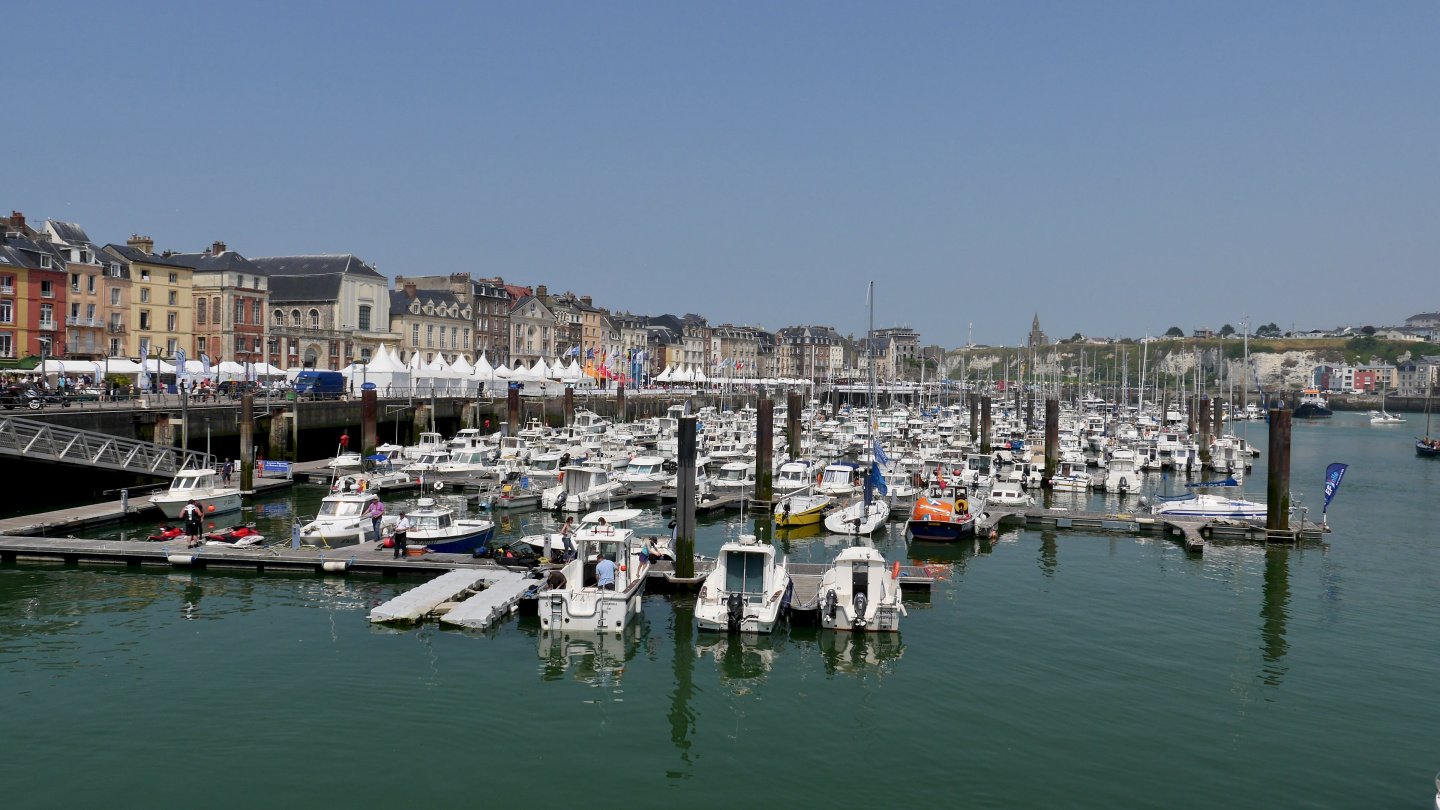
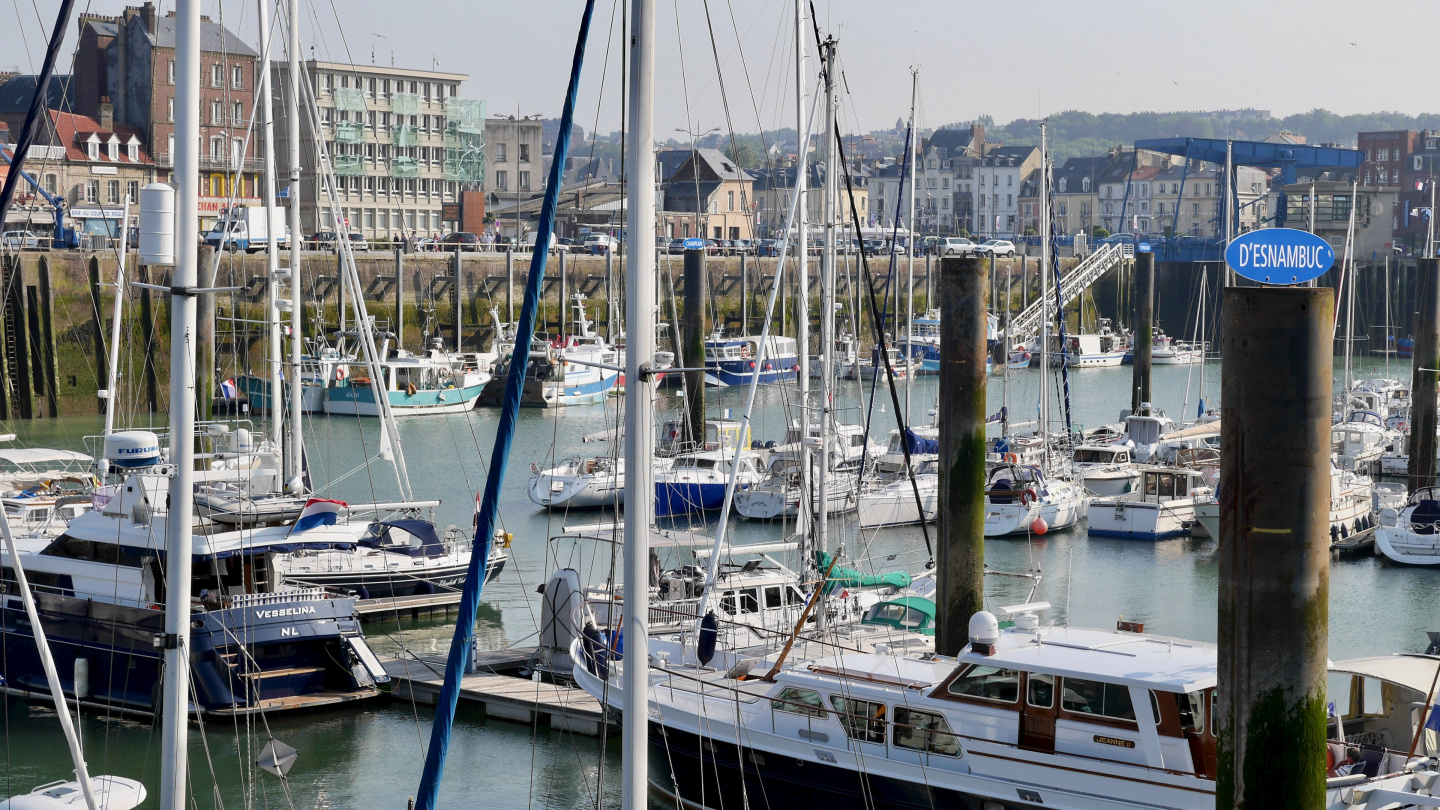
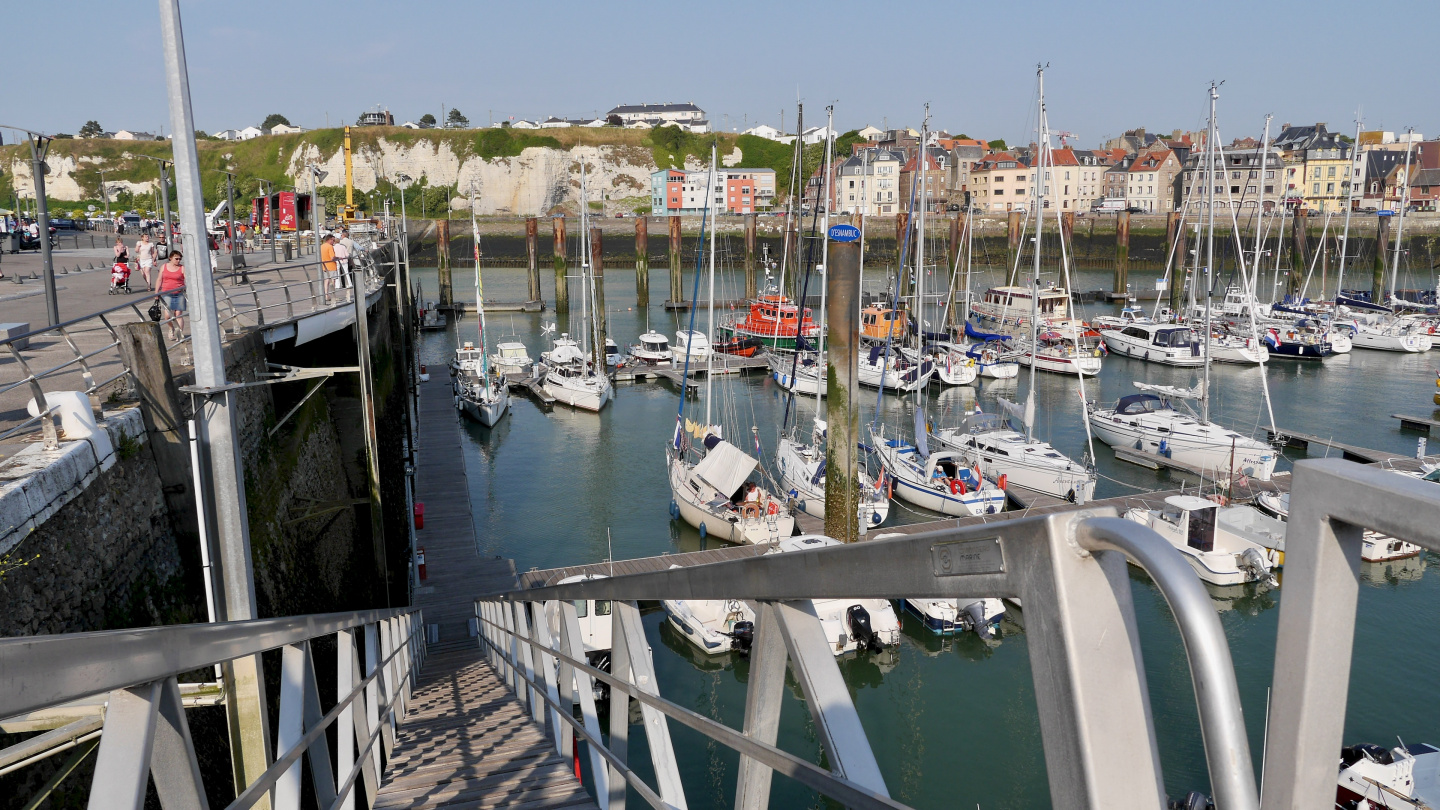
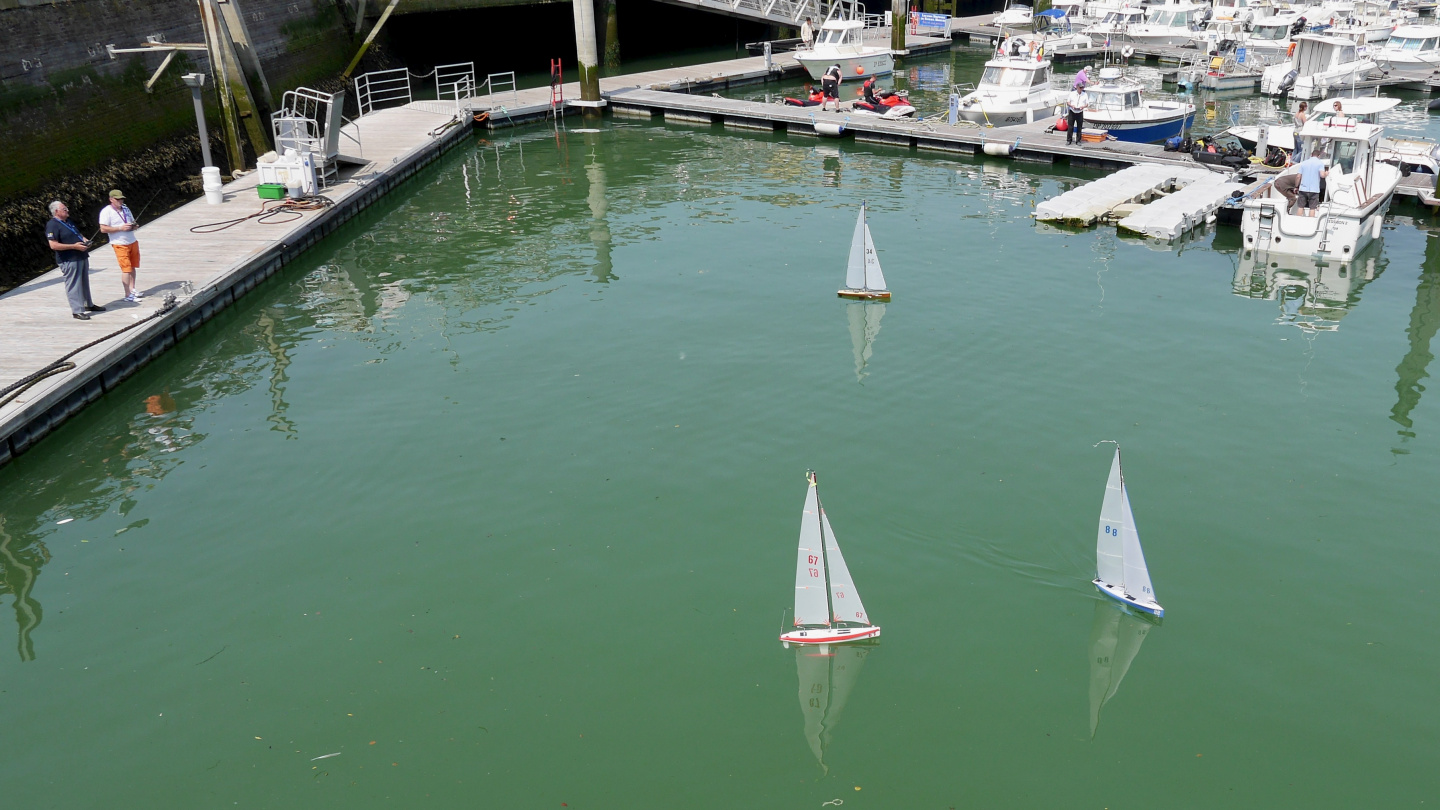
On Sunday we got visitors from Paris that is only about two hours away by car from Normandy. A cozy Sunday started by enjoying extremely delicious raspberries and strawberries which Julie and Sepastian with their children had harvested from their own garden in the same morning.
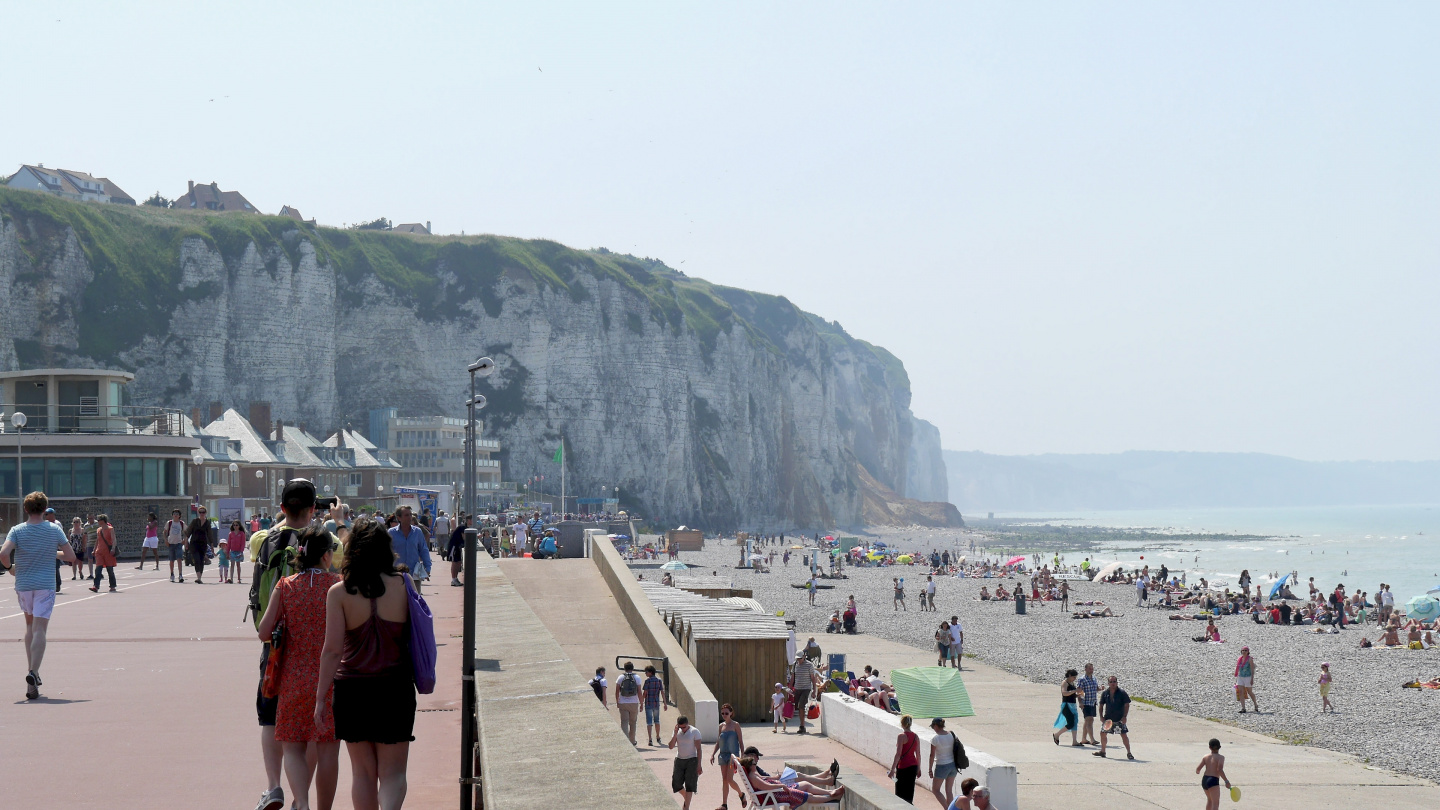

We have not been thinking before how special is the location of France regarding travelling. When I were marvelling about the diversity of France to Julie, she noted that “With children every holiday is different depending on what part of France we go”. France has coastal waters both on the Atlantic and Mediterranean side. There are gorgeous valleys, beautiful countryside and even the Alps.
Dieppe is surrounded by the high coast of Normandy. Immediately next to the city is the castle of Dieppe that is nowadays the art museum. There is an exhibition about sailing ships made from ivory. However the most thought provoking was the world map from the 16th century made by famous cartographers from Dieppe. The shapes of continents were still partly uncharted because for example Australia was positioned to be a part of the Antarctica. The Mediterranean had however been charted for thousands of years and all the details were looking like on the Google Maps satellite images.

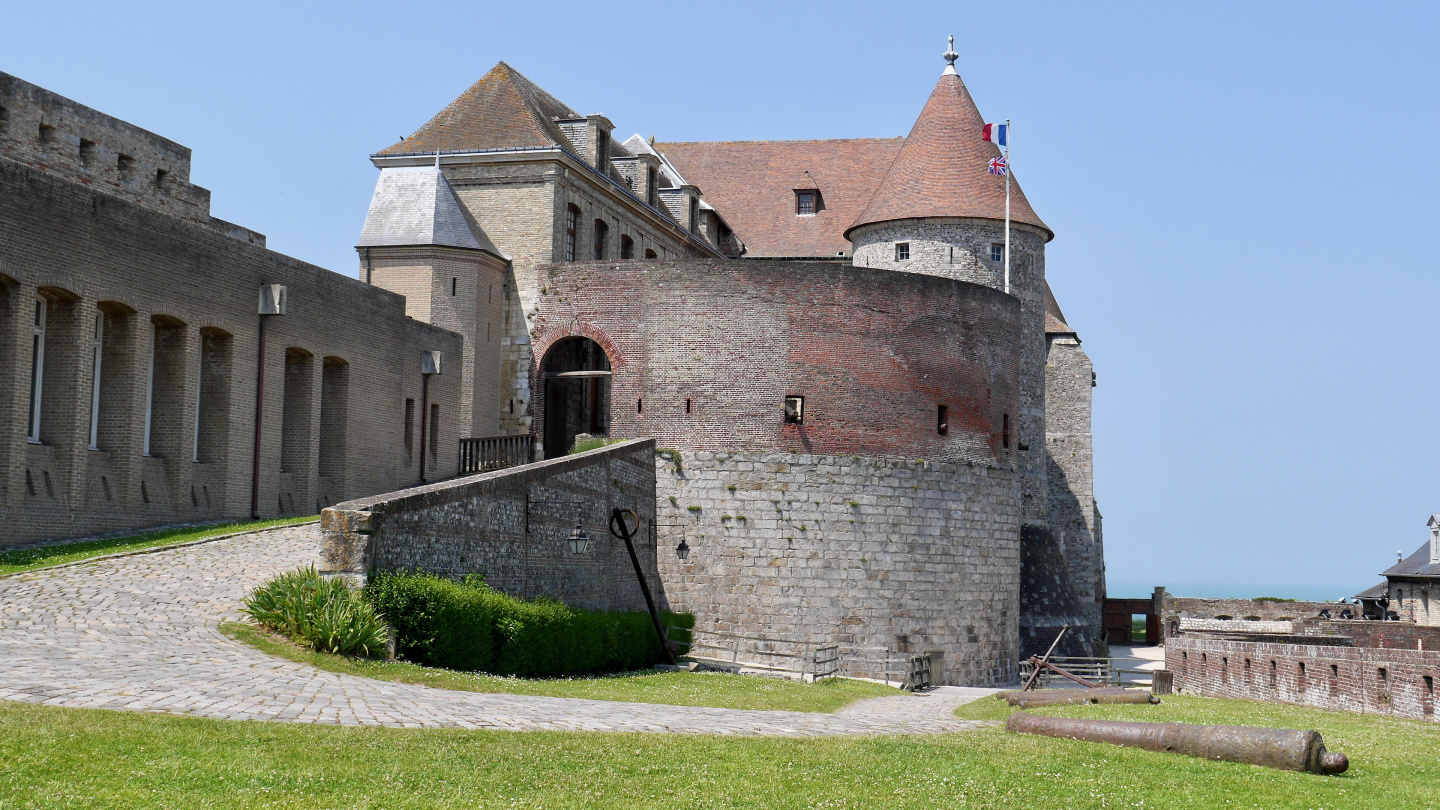
The marina in Dieppe is open to all the northerly winds and our last night there became quite a restless. The boats were rolling so heavily that it was difficult to stay in the bunk. It was this summer’s first night that we spent in a washing machine. The forecast showed more and strenghtening north winds for the next couple of days so there would be even more swell. In the morning we were eager to continue towards the city of Honfleur. Of course the same north winds created an amazing sailing conditions for our next leg.


Voi tokkiisa!
Voi tokkiisa!
Kyllä mielikuvitus loppuu, ennen kuin saan luettua kaikki. Ja matkaajat ovat niiiin punanenäisiä:) Eve, olen käynyt ostoksilla ystävättäreni kanssa tänään. Hän osti taas kahdet liivit, oli aiemmin ostanut Kemin Evelacelta kahdet. Ihan hyvät vieläkin nekin. Minä ostan sitten syksyllä! Olen pitänyt kovasti yhteyttä äiti-Kerttuun, ja lähdemme Kajaaniin Karppisten sukukokoukseen ja vuosijuhlaan lauantaina, jos Jenny menee toisen mummun luo. Heikkihän ei jouda Kajjaaniin. Mukavaa huristelua ja seikkailuja, äläkä nouse sinne mastoon. Terveiset Andylle, olet saanut todella mahtavan miehen. Hyvää jatkoa ja poliisijuttu oli hyvä t. aila